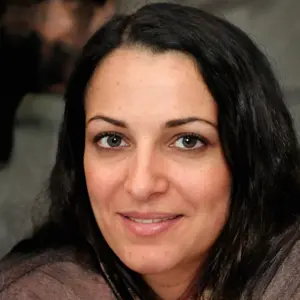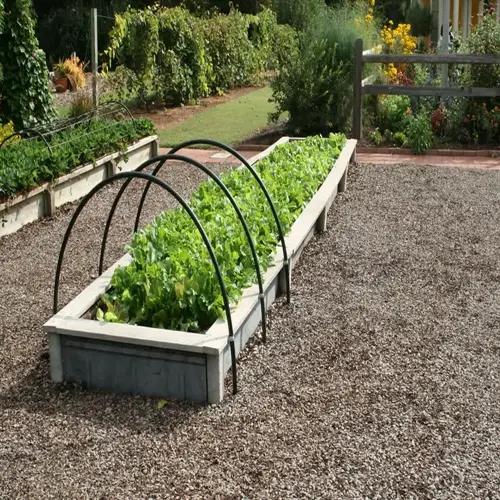Can kale be grown in containers?

Written by
Olivia Mitchell
Reviewed by
Prof. Samuel Fitzgerald, Ph.D.Kale in containers provides versatility and space savings for urban gardeners and small-space gardeners. Dwarf kale can be successfully grown in 12-inch pots, assuming you have a balanced soil mixture and you adequately tend to them. The pros of container gardening include lower pest incidence, the ability to move containers during temperature extremes, and control over environmental conditions that are impossible with in-ground beds.
Soil & Pot Preparation
- Soil mix: Combine 70% potting soil with 30% compost
- Drainage: Ensure 1/2-inch gravel layer at pot bottom
- pH balance: Maintain 6.0-7.0 for nutrient uptake
- Container depth: Minimum 12 inches for root development
Seasonal Maintenance
- Summer care: Move to afternoon shade above 85°F
- Winter protection: Wrap pots in bubble wrap below freezing
- Rotation: Turn containers weekly for even sun exposure
- Root check: Gently loosen roots every 3 months
Employ daily moisture management to ensure container success. For accurate soil moisture determination, insert fingers 2 inches into the soil surface each morning. Water thoroughly until drainage occurs in the bottom during the cool months. Increase watering to twice daily when temperatures reach 90°F or higher. Self-watering containers can reduce maintenance by up to 40%.
Enhancing nutrition in limited soil through prudent feeding. Apply fish emulsion every 14 days during the growth cycle, and compost every 8 weeks to replace nutrients. I use organic slow-release pellets. Container kale needs 30% more fertilizer than in-ground plants.
Address and fix common container struggles by making a few simple adjustments. Leggy growth means not enough light. Yellow leaves mean too much water. Root-bound plants need repotting now! I raise containers on feet or bricks for better drainage. Regular inspections will prevent minor issues from becoming major problems.
Read the full article: When to Plant Kale for Optimal Growth
